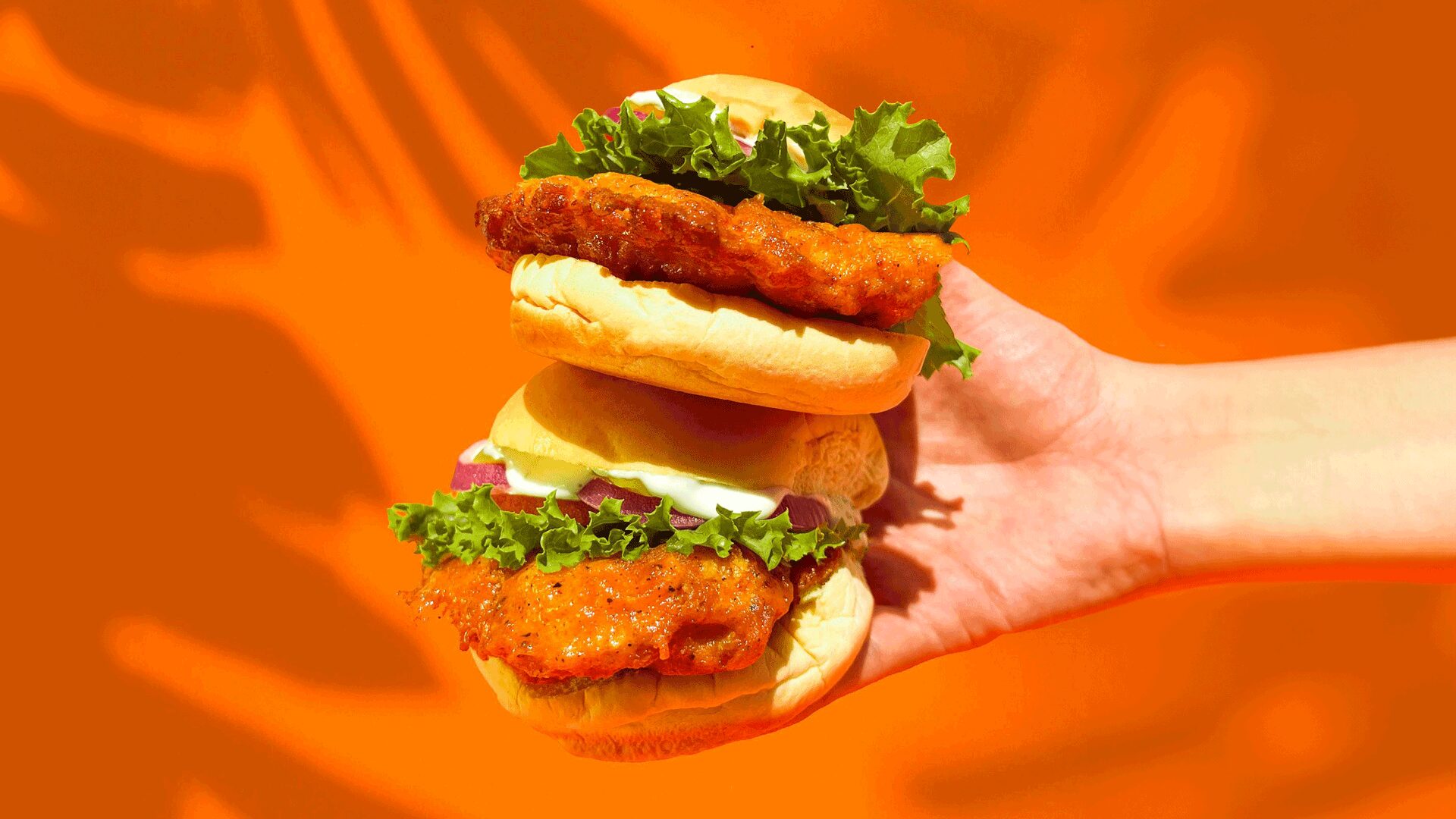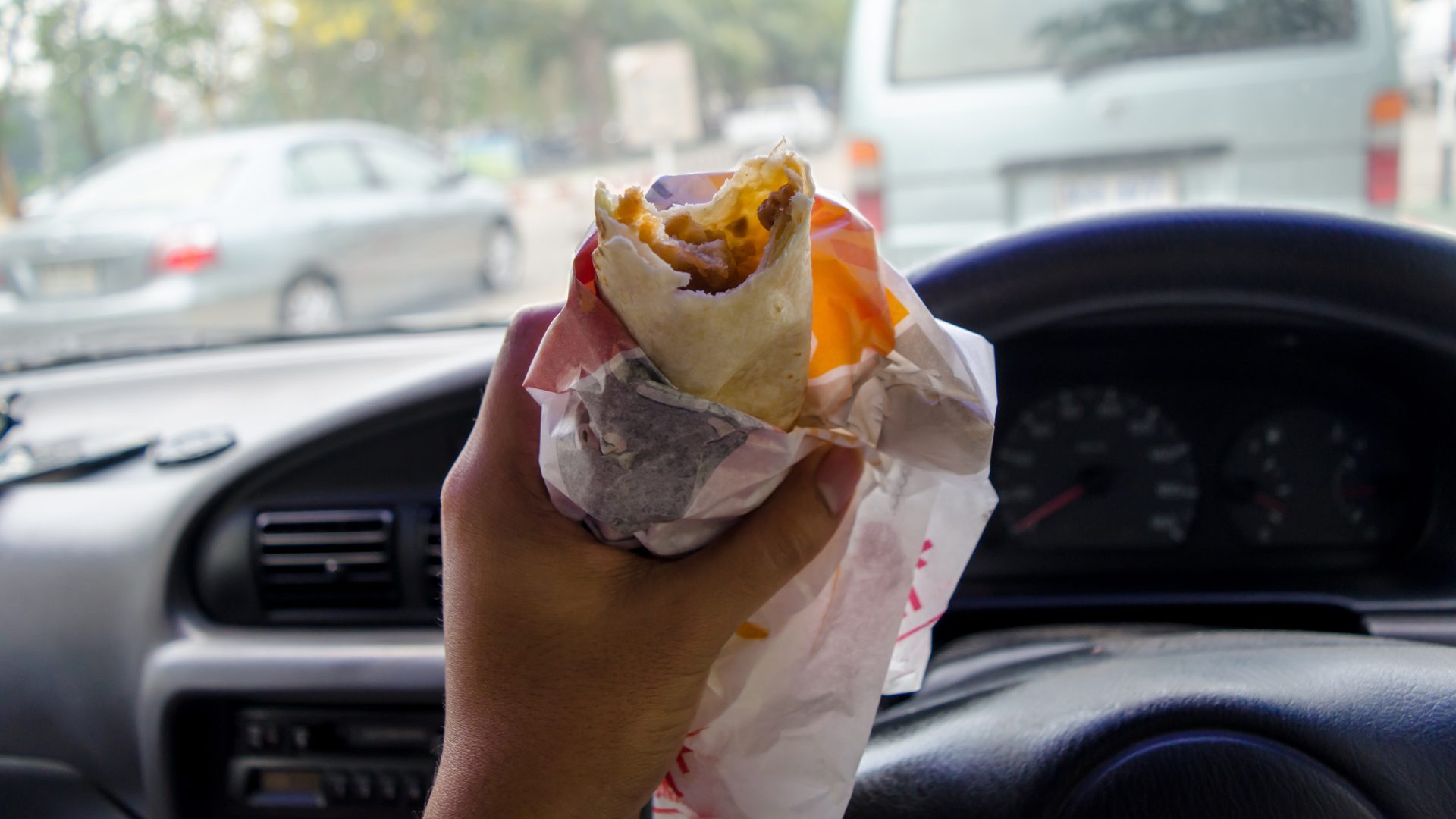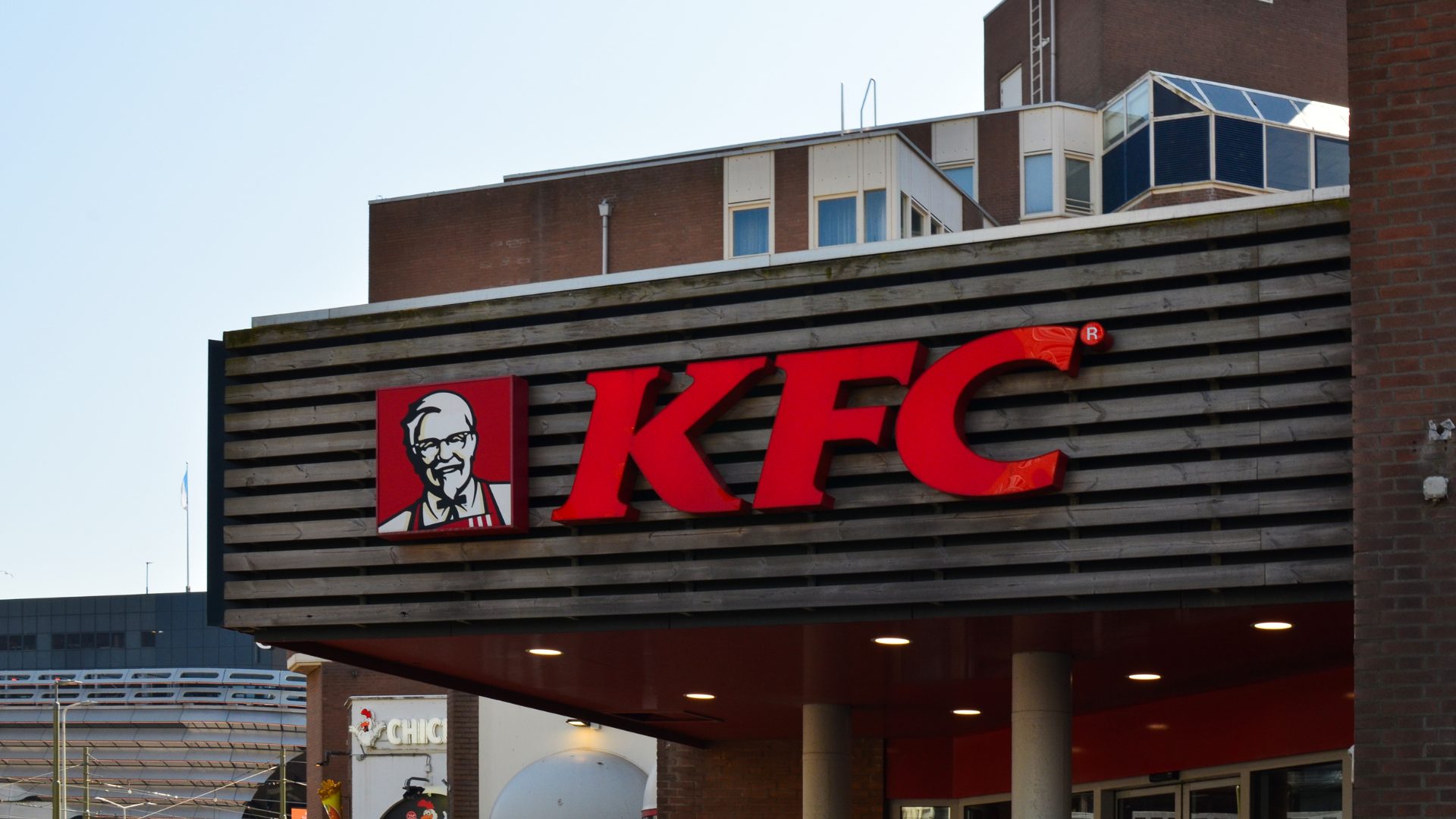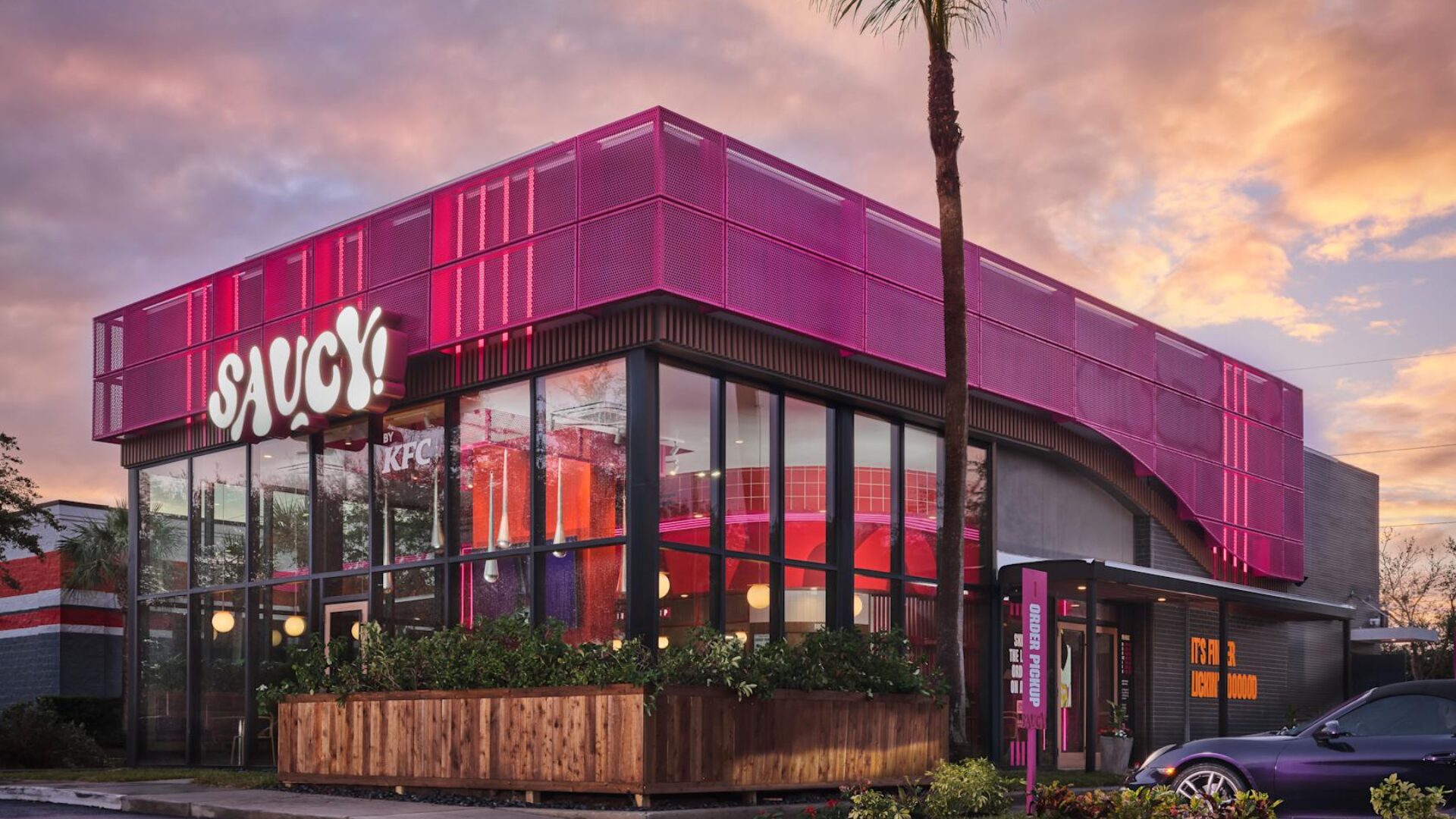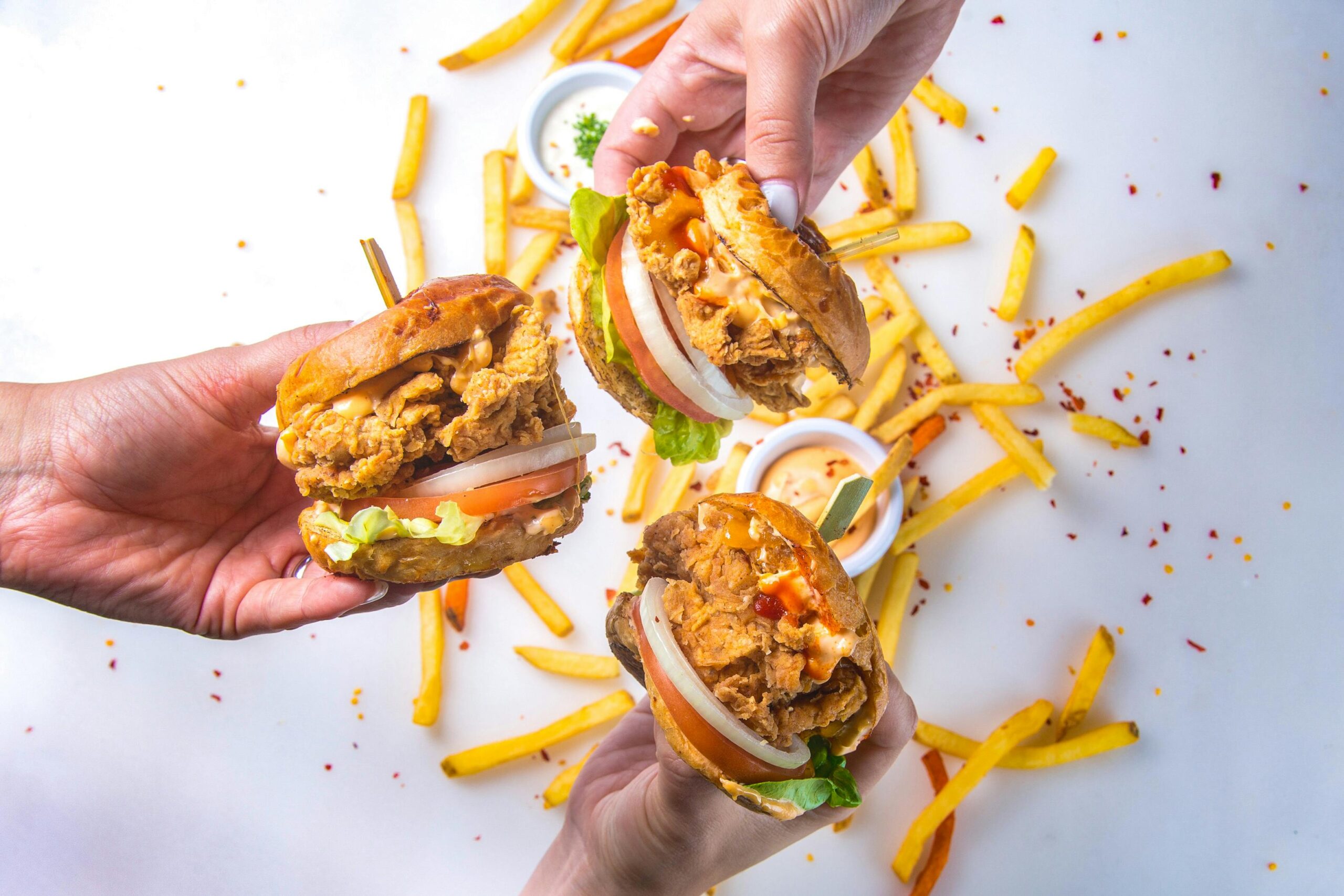Chicken chains are taking over. The popularity of these chicken-centric QSRs was highlighted in a pair of recent reports by Placer.ai: Chicken Chains Charge Ahead in 2025 and Barbecue Chains: All Fired Up.
According to the reports, chicken restaurants are outperforming the rest of the dining sector. Fried chicken chains, specifically, saw visits grow 4.3%, while similar quick-service and fast-casual chains saw 1.3 and 2.4% growth.
Yum Brands recently launched a new chicken chain, Saucy, featuring KFC’s Original Recipe chicken tenders, that features 11 new dipping sauces and drinks. Saucy adds to the growing number of chicken chains, including Dave’s Hot Chicken, Raising Cane’s, Super Chix, Urban Bird Chicken and Church’s Chicken, to name just a few.
Chicken tender availability has grown more than 5% in the past five years, according to a survey of restaurant menus from Technomic.
Why do new chicken-centric chains seem to pop up every day? Let’s examine the current state of that restaurant segment heading into 2025:
Chicken’s Chokehold
Chicken chains may be holding the market for a while, according to one industry expert.
“This is due to the experiences the brands are creating as well as the variety of chicken and how you can enjoy it,” Motif Brands founder Reilly Newman told The Food Institute. “This comes to no surprise, as the experience economy has been taking root across the globe.
“Chicken allows for (ample) customization, sauces, and forms, depending on the buyer’s preferences.”
As noted recently by CNN, chicken tenders especially appeal to younger eaters because they’re easy to handle.
Starting From Scratch
Rather than adding to current offerings, many brands are choosing to create entire new restaurants and chains because opening a standalone concept gives “permission to play,” according to CNN.
David Henkes, senior principal and head of strategic partnerships for Technomic, told the news network that chains “do this more as a chance to experiment and create an ‘incubator’ for innovation that allows them to try things that otherwise don’t currently fit within the menu of the chain.”
Newman told FI that these popular QSRs tend to boast limited menus that increase the perception of value.
“Just as McDonald’s focused on the Starbucks and Dunkin’ crowd with CosMc’s to increase relevancy while leveraging their brand awareness and abilities, KFC has done the same with Saucy,” Newman said.
“Similar to a retailer’s private label, the [chicken-centric] brand is able to extend to meet a need in the market while maintaining its position,” Newman added.
“If the new brand fails, they can simply subtract it and not harm the perception of the main brand. This optimizes the launch, increases marketability, and avoids any audience confusion because the meaning of these brands is well-established.”
The Food Institute Podcast
Is it possible to balance a legacy brand and innovative ideas for a food company? Bibie Wu, chief communications and technical development officer with Del Monte, shares how her company respects its past while looking to the future, and how her dual roles in marketing and product development inform each other and improve the company.


